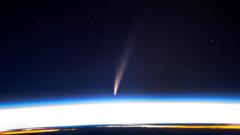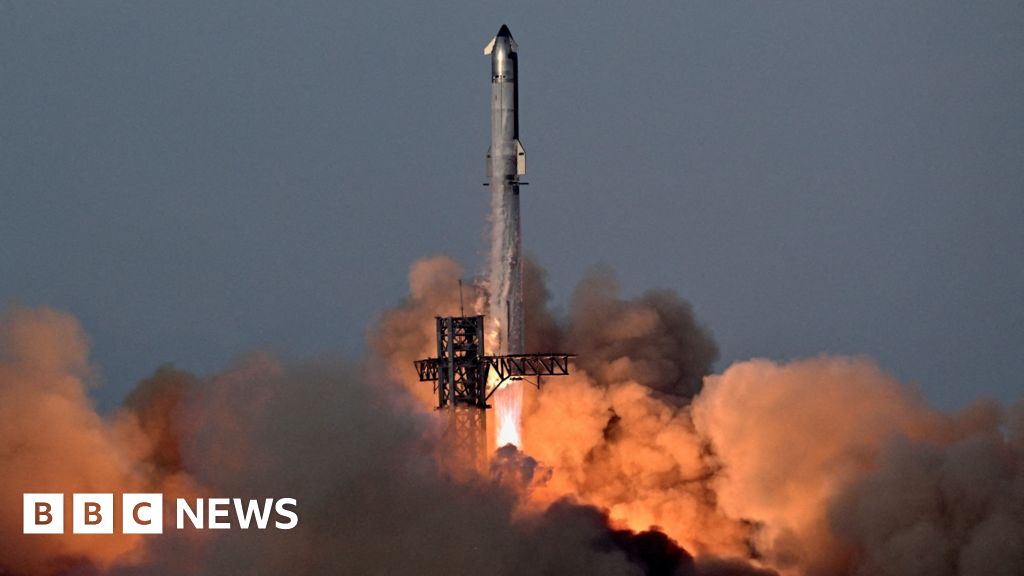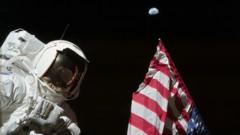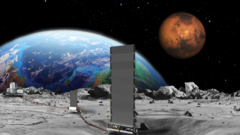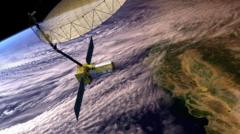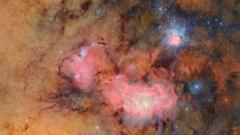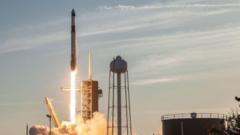A rare and vibrant comet, Comet C/2024 G3 (Atlas), is set to make its highly anticipated debut in Earth's skies, marking the first time it has been visible in an astounding 160,000 years. NASA's observations reveal that the comet, currently at perihelion — the closest point to the Sun — could potentially be seen with the naked eye starting from Monday night.
The comet's brightness is notoriously difficult to forecast, but the glowing C/2024 G3 (Atlas) has been predicted to shine with intensity comparable to Venus. Enthusiasts should gaze towards the eastern horizon before sunrise and the western horizon after sunset, especially in the southern hemisphere, where conditions are expected to favor clearer views.
Dr. Shyam Balaji, an astroparticle physics and cosmology researcher at King's College London, indicated that the comet's passage will be around 8.3 million miles from the Sun. This classification as a "sun-skirting" comet further enhances its potential for bright displays. However, uncertainty about its brightness remains a perennial caution for astronomers.
For those located in the northern hemisphere, including the UK, visibility could prove more challenging due to the comet's position relative to the Sun. Locals are encouraged to stay updated on weather conditions via BBC Weather to gauge potential viewing opportunities.
Experts urge observers to select spots with minimal light pollution to enhance their chances of sighting this rare cosmic entity. Binoculars or small telescopes may amplify the viewing experience. Observers should take care during twilight hours and remain vigilant for the comet's exact location in the sky.
Last Saturday, the comet caught the attention of NASA astronaut Don Pettit, who shared stunning images captured from the International Space Station, calling the event "totally amazing." As anticipation builds, the public remains eager to witness what could be dubbed the 'comet of the century' as astronomers continue to monitor this celestial phenomenon closely.

